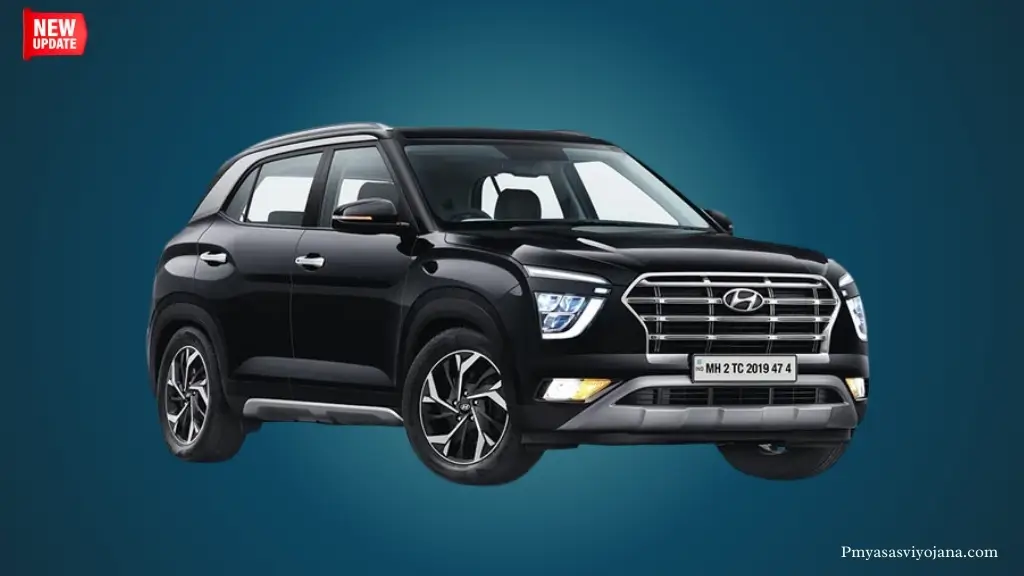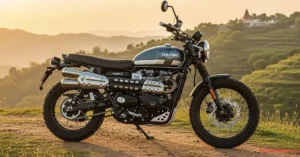If you’re always on the lookout for ways to stretch each rupee without trading comfort or your green conscience, you’re in the right place. I’m Rajesh, and after driving everything from zippy petrol hatchbacks to rugged diesel SUVs, I started looking for something that would give me lower running costs with less impact on the environment. That’s when CNG grabbed my attention. There’s a lot of noise around the Hyundai Creta CNG, and in this post, I’ll break down what it really is, why it’s worth considering, how to get started safely, and a key tip you won’t want to miss.
Let’s Break It Down: What is Hyundai Creta CNG Really?
Think of owning a CNG car like using your smartphone’s low-power mode. You’re still getting plenty done, but you’re doing it more efficiently and with less waste—just not always at full speed. The Hyundai Creta CNG is a version of Hyundai’s popular SUV that runs on compressed natural gas instead of just petrol or diesel.
How does it differ from petrol and diesel?
- The Creta CNG uses a modified engine with a secure CNG tank, usually in the trunk, and special fuel management software.
- CNG cars are built to be safer and more reliable than ever, with dual airbags, ABS, and strong chassis reinforcement.
- While older CNG cars had a reputation for feeling underpowered or being a hassle to refuel, today’s Creta CNG delivers smooth daily driving and practical range, even with the extra tank weight.
Key stats:
- Mileage: Around 20-24 km/kg on highways, 15-17 km/kg in city traffic.
- Emissions: Significantly lower than petrol or diesel.
- Cost per km: Typically much less than petrol, which lightens monthly fuel bills.
Misconceptions?
People think CNG cars lack punch or are a headache to fill up. In my experience, the difference in performance is minor for city driving, and CNG stations are much more common now.
The ‘Why’: Real-World Benefits of Hyundai Creta CNG for Everyday Drivers
Here’s the thing: CNG is much cheaper per kilogram than petrol or diesel per liter. For most drivers, running costs drop by up to 50% compared to petrol. If you drive 1,000 km a month, the savings can cover your weekend outings or even a couple of months’ worth of groceries. Over a year, that can mean tens of thousands saved.

- Petrol: ₹110/liter (average)
- CNG: ₹75/kg (average)
- Typical cost per km: CNG often half or less than petrol
Eco-Friendliness: Driving with a Cleaner Conscience
Switching to CNG isn’t just about your wallet. It’s about your footprint. CNG produces up to 25% less carbon dioxide and far fewer particulates than petrol or diesel. To picture it, driving with CNG is like having a filter that keeps the air cleaner for everyone around you—especially in crowded cities.
- CO2 emissions: Lower by about 20%-25%
- Particulates and smog: Drastically reduced compared to diesel
Reliability and Comfort: No Major Sacrifices
The latest Creta CNG models don’t make you choose between savings and comfort. The interior is just as plush, with the same tech features, climate control, and infotainment systems Hyundai is known for. You won’t be squashed or sweating to get that lower cost.
Tech improvements mean:
- Less lag or hesitation when you press the gas
- Factory-fitted CNG kits are safer and more reliable than aftermarket options
- No major compromise on trunk space—CNG tanks are installed thoughtfully
A Step-by-Step Guide to Getting Started Safely with Creta CNG
Safety first: Always consult an authorized Hyundai dealer before making any changes. Non-compliant kits or poor installation can be dangerous.
Here’s how to get going the right way:
- Research models: Check which Creta variants officially support CNG or are best suited for conversion. Newer models are usually better candidates.
- Consult the experts: Visit an authorized Hyundai dealership. They’ll confirm if a CNG kit can be installed safely and offer warranty-backed options.
- Check kit compliance: Only use government-approved CNG kits with BIS certification.
- Paperwork: Update your car’s registration and insurance to show it’s running on CNG. This is essential for legality and coverage.
- Learn safe refueling: Always turn off the engine and electronics. Use only licensed CNG stations. Don’t overfill—stop when the pump shuts off.
- Maintenance: Schedule regular checkups for valves, pipes, and tank condition. Stick to the service schedule.
[Reference: Official Hyundai Creta Page]
The Pro-Tip Most People Miss: Maximizing CNG Creta Efficiency
Here’s a tip that took me by surprise: Refuel in the early morning or late evening when temperatures are cooler. Why? Gas is denser when it’s cold, which means you’ll get a slightly better fill and range compared to filling up in the heat of the afternoon. Over time, those extra kilometers add up, and it also reduces stress on the pressure valves, keeping your system in top shape longer.
Conclusion:
The Hyundai Creta CNG isn’t just another fuel-saving SUV. It’s a smart option for people who want to cut costs and help the planet—without feeling shortchanged on comfort or safety. My advice as someone who’s tried almost every fuel type? If you want your money to go further while doing your bit for cleaner air, the Creta CNG is hard to beat.
Disclaimer: I am a blogger with experience, not a mechanic. This is for information only. Consult an expert or your local dealership before making any changes to your car.






